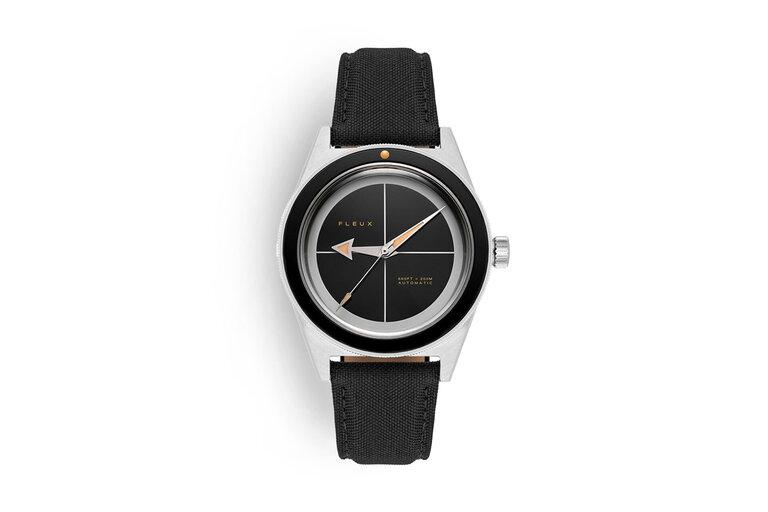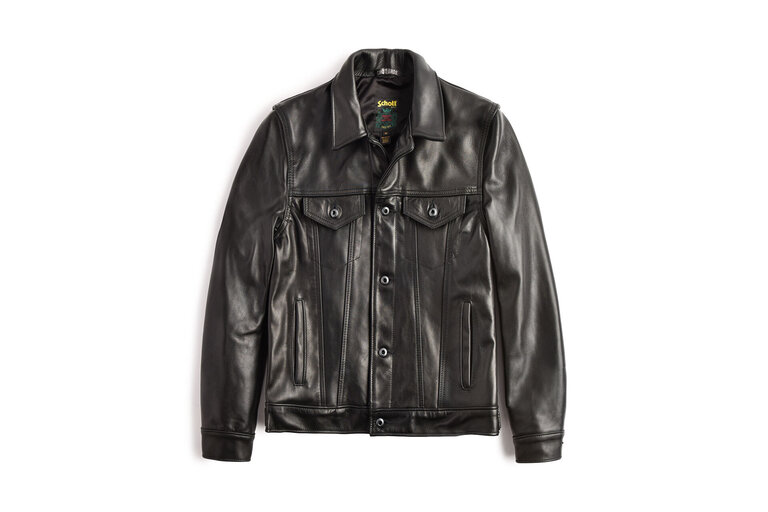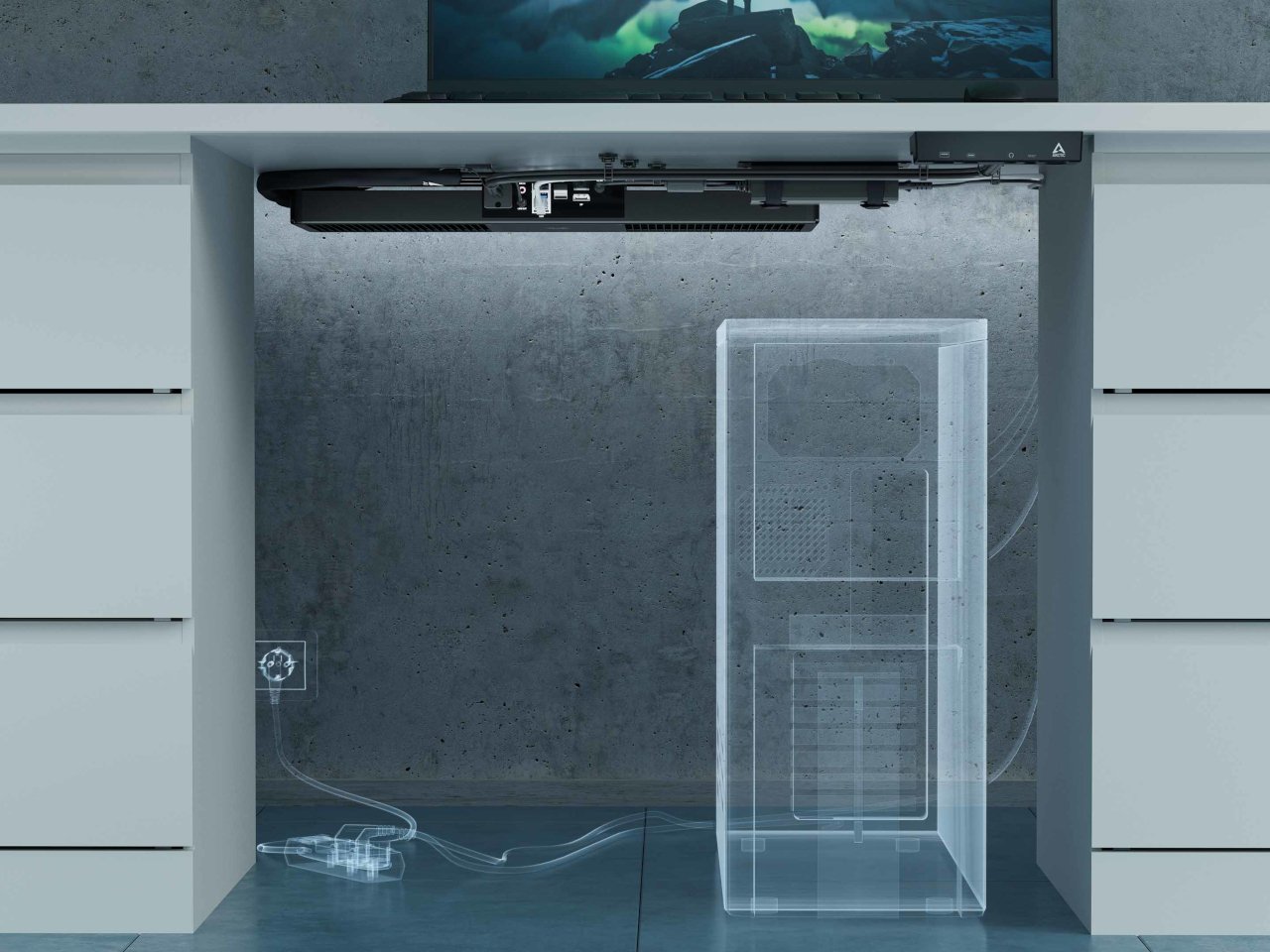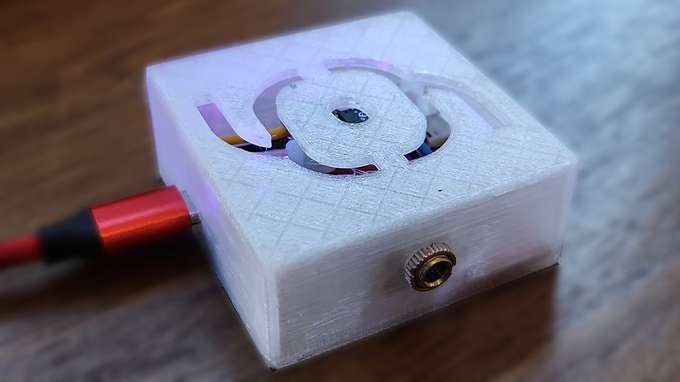Saramonic K9 Review: Professional Wireless Audio with Precision and Versatility
Saramonic K9 Review: Professional Wireless Audio with Precision and VersatilitySound is important, and reliability is crucial in professional audio recording. The Saramonic K9 dual-channel digital UHF wireless microphone system enters the market with bold...
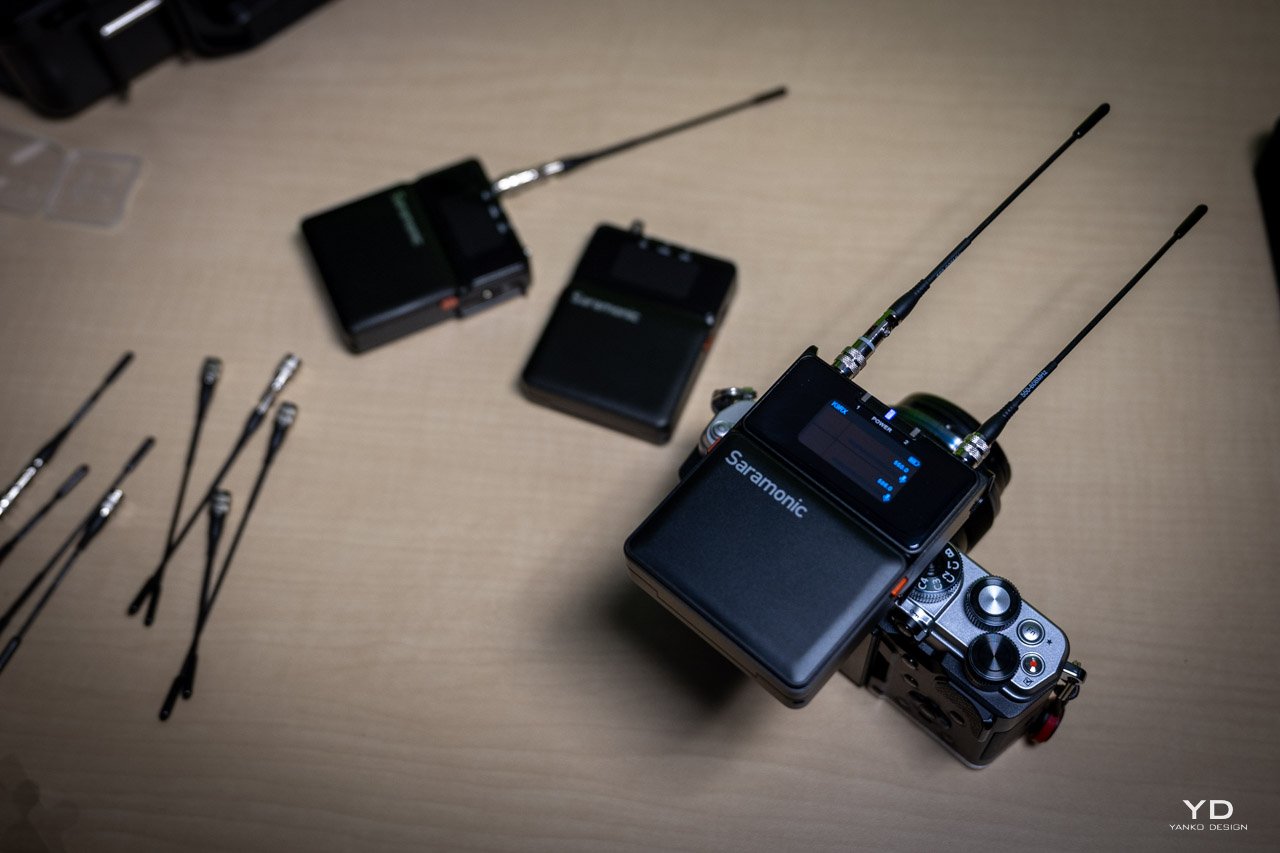

PROS:
- Exceptional 130 dB dynamic range captures whispers to shouts flawlessly.
- Ultra-compact 3mm lavalier microphone offers discreet, professional-grade audio capture.
- Dual-display receiver design allows quick status checks during active shooting.
- 32-bit float recording eliminates concerns about unexpected audio level spikes.
- Comprehensive timecode synchronization streamlines complex post-production workflows effortlessly.
CONS:
- The US Version's simultaneous recording and transmission restriction limits workflow flexibility.
- Non-rotatable transmitter clip occasionally restricts optimal microphone placement options.
Sound is important, and reliability is crucial in professional audio recording. The Saramonic K9 dual-channel digital UHF wireless microphone system enters the market with bold promises about revolutionizing wireless audio transmission for demanding professionals. Does it deliver? Can it handle the rigors of professional filmmaking, broadcasting, and location recording? After weeks of testing across varied environments, I’ve thoroughly evaluated this system’s capabilities and limitations.
Designer:
Design/Aesthetics and Ergonomics
The Saramonic K9 system exhibits thoughtful design emphasizing compactness, durability, and user convenience. The transmitter has compact dimensions of 45.5 × 33.5 × 15 mm and a light weight of 35 g. The transmitter’s bodypack is made of lightweight aluminum alloy and weighs 125g without accessories (130g with batteries, belt clip, and antenna), with dimensions of 80 × 62 × 18.5 mm. It features a metal clip that is non-removable and non-rotatable, providing secure attachment to clothing or equipment.


The receiver features a clear AMOLED display and includes an added top display for easy information scanning without needing to look deeply into a bag – a practical feature when the receiver is stowed away during active shooting. With dimensions of 83.5 × 66 × 23.5 mm and weighing 162 g with batteries, belt clip, and antenna, the receiver carries an IPX5 water resistance rating, providing protection against water jets from any direction.


Perhaps the most impressive design element is the included ⌀3mm miniature lavalier microphone, noted as the smallest in its class. This remarkably discreet mic doesn’t compromise on durability, featuring IP67 water and dust resistance and Kevlar-reinforced cabling for enhanced resilience. With a cable length of 1.8m and a locking 3.5mm connector, it balances practical usability with professional-grade construction.

A dedicated charging case (117 × 48.5 × 62.4 mm, 210.5g) provides convenient storage and charging for the transmitters and receiver. With a 2900 mAh battery capacity, it delivers more than one full charging cycle for two transmitters and one receiver, extending total operating time to 24 hours for the complete system.

The design incorporates hidden buttons to prevent accidental presses during active use. Color-coded tags help quickly identify paired devices, streamlining workflow when using multiple units. The transmitter offers replaceable adapters with a plug-and-play design and no latch, with options for 3.5mm (female connector), USB-C, and Lightning connections, ensuring compatibility with virtually any recording device.

For use in challenging conditions, the transmitter includes a windproof capsule and a built-in Silicon Mic. The entire system balances professional functionality with practical usability, though the non-rotatable transmitter clip occasionally limits placement options.

Performance
The Saramonic K9 delivers exceptional real-world performance that will impress even the most demanding audio professionals. During several weeks of testing across multiple production environments, the system consistently provided reliable, high-quality audio that required minimal post-production treatment.
Signal reliability stands out immediately. Operating across an ultra-wide 550–960 MHz UHF spectrum, the K9 provides true global compatibility that proved invaluable during international shoots. Saramonic’s proprietary Low Noise Amplifier (LNA) technology delivers strong and clear signal transmission, even when operating over longer distances. The system boasts a transmission range of 300 meters when used with an external antenna and 250 meters without an external antenna. The transmitter itself has a specified range of ≥200 meters at 100 mW RF output power (available only in the US) and ≥180 meters at 50 mW under unobstructed and interference-free conditions.

The auto frequency scanning feature automatically selects the clearest channel to minimize interference in congested RF environments. GPS-based frequency updates further enhance reliability by adjusting operating frequencies based on location to comply with local regulations.
Audio quality is simply outstanding. The system’s 130 dB input range and 120 dB analog output translate to remarkable dynamic range handling in practical use. During a theatrical performance recording, the K9 captured everything from hushed dialogue to explosive sound effects without a hint of distortion. The high signal-to-noise ratio (>90 dB system-wide, ≥104 dB for individual components) results in exceptionally clean recordings, while the full 20 Hz – 20 kHz frequency response ensures natural sound reproduction across the entire audible spectrum.

One particularly valuable feature is the dual device output capability, which allows the receiver to send audio to two separate devices simultaneously. This eliminates the need for external splitters or complex routing setups. Using the included 3.5mm, USB-C, and XLR cables, I could easily connect the K9 receiver to multiple recording destinations. For instance, when using the Nikon Zf for a documentary interview, I connected the receiver to both the camera’s 3.5mm input and a separate field recorder via XLR for backup. This redundancy proved invaluable on several occasions, providing peace of mind during critical recording situations.
In real-world shooting scenarios with my Nikon Zf and Olympus OM-3, the K9 integrated seamlessly. The system’s versatile connectivity options made switching between cameras effortless. The receiver’s top display was a genuine time-saver, allowing me to monitor signal strength and battery status at a glance without removing it from my camera bag during run-and-gun shooting.

With the Olympus OM-3, I appreciated how the K9’s compact form factor maintained the camera’s overall balance and portability. During street interviews, the system’s discreet 3mm lavalier microphone was barely noticeable on subjects, yet delivered professional-quality audio that significantly elevated the production value of the footage. The replaceable adapter design meant I could quickly switch connections when moving between the two camera systems without needing additional adapters or cables.

The system exhibits a low latency of 25 ms overall, with a component delay of ≤6.3 ms for both transmitter and receiver. This minimal delay ensures perfect audio/video synchronization in professional applications.
A significant highlight, particularly in the Global Version, is the support for 32-bit float onboard recording with 32 GB of storage. This advanced recording format preserves pristine audio quality by capturing a much wider dynamic range, effectively eliminating distortion and clipping even when dealing with sudden and extreme audio spikes. The K9 also supports standard 24-bit recording at a sample rate of 48 kHz.
It’s critical to understand the distinctions between the US and Global versions. Due to patent restrictions within the United States, the US Version cannot simultaneously use wireless transmission and 32-bit float recording when used within US borders. This limitation is enforced through software control based on the device’s GPS location. Despite this restriction, the US Version does retain both 32-bit float onboard recording and timecode features individually. When the US Version is used outside of the United States, its functionality becomes unrestricted, enabling full functionality of both features concurrently. The onboard storage capacity for the US version is not explicitly specified by the manufacturer.

The SYNC recording mode has specific behaviors in the US Version: when SYNC recording is set in the US, recording will start automatically after timecode syncing, but only if RF transmission is not active simultaneously. If SYNC recording is off in the US, you must stop recording before syncing timecode, and recording will not restart automatically after syncing.
For enhanced audio control, the system features one-click noise cancellation adjustable in three levels via the Saramonic System app. A low-cut filter is available with options for OFF, 75 Hz, 100 Hz, and 150 Hz, helping to reduce unwanted low-frequency noise.

The K9 offers advanced timecode synchronization capabilities essential for streamlining post-production workflows. It supports wireless timecode sync through the Saramonic System app and provides a 3.5 mm wired option for integration with third-party timecode generators. The timecode clock accuracy is a precise 0.15 PPM, and the system supports the LTC (SMPTE) timecode type with various standard timecode framerates.
Battery performance is solid, with transmitters officially rated for 6 hours (approximately 9 hours with K9 lithium iron batteries) and receivers operating for approximately 8 hours with K9 lithium iron batteries. The system supports charging while recording, providing flexibility during long sessions. Charging time for both transmitter and receiver is approximately 2.5 hours.
Sustainability
The Saramonic K9 demonstrates several sustainability-focused attributes. Its durable construction, featuring aluminum alloy components, IP67-rated lavalier microphone, and IPX5-rated receiver, suggests a long operational lifespan that reduces the frequency of replacement.

The replaceable adapter design allows for future compatibility as device connections evolve, extending the system’s useful life. When new connection standards emerge, users can simply update the adapters rather than replacing the entire system.
Battery performance also contributes to sustainability. The lithium iron batteries offer better longevity than standard alternatives, potentially reducing battery waste over time. The system’s ability to charge while recording extends usability in the field without requiring additional battery purchases.
The charging case’s ability to provide more than one charging cycle for two transmitters and one receiver contributes to extended field use without requiring external power sources. The system uses USB-C charging and 3.7V Lithium Rechargeable Batteries, following current standards for universal charging solutions.

The Global Version’s 32GB of onboard storage provides ample space for most professional recording scenarios. This integrated storage approach simplifies the system’s design and operation, eliminating the need to purchase, manage, and potentially lose separate memory cards.
Overall, the K9 demonstrates above-average sustainability considerations for professional audio equipment, with its primary environmental benefit coming from its durable construction and long expected operational life.
Value
The Saramonic K9 is available in two versions: the US Version, priced at USD 999.99, and the Global Version, priced at EUR 999.00 (including 19% VAT) / GBP 949.00 (including VAT). This represents a significant investment for content creators and audio professionals.
For filmmakers and location sound recordists who require reliable wireless audio with backup recording capabilities, the K9 delivers excellent value despite its premium price. The peace of mind provided by the 32-bit float recording alone justifies much of the cost for professional productions where reshoots are expensive or impossible.

Broadcast professionals and news teams will particularly value the system’s global compatibility, interference resistance, and durable construction. The ability to manage up to 48 devices via the Saramonic System app adds significant value for complex productions.
The K9 offers versatile connectivity options, supporting Mic input and dual device output. The system includes a variety of adapters and ships with 3.5mm, USB-C, and XLR cables, ensuring compatibility with cameras, recorders, computers, mixers, and phones. The receiver’s USB-C port can be used for direct connection to smartphones or computers for real-time audio transmission.

It’s worth noting that the value equation changes somewhat between the US and Global versions. For users primarily working within the United States, the inability to simultaneously use wireless transmission and 32-bit float recording (in the US Version) somewhat diminishes the value proposition. Those frequently working internationally may find the additional cost of the Global Version worthwhile for the unrestricted functionality.
The comprehensive package includes everything needed for immediate professional use, eliminating the need for additional purchases that often inflate the real cost of competing systems.
Final Thoughts
The Saramonic K9 wireless microphone system is meticulously engineered to cater to the demanding needs of various professional audio and video creators. It’s particularly well-suited for filmmakers and cinematographers who require high-quality wireless audio with precise timecode sync for efficient post-production workflow. Location sound recordists will appreciate its durable and interference-free transmission across the ultra-wide UHF spectrum, while broadcasting and live event professionals benefit from its global compatibility and ability to manage multiple devices.

The system’s key strengths include its exceptional audio quality with wide dynamic range, versatile recording options including 32-bit float capability, comprehensive timecode synchronization, and thoughtful design features like the dual-display receiver and ultra-compact lavalier microphone.
The distinction between US and Global versions creates an important consideration for users based on their primary location and workflow needs. Despite this complexity, the K9 represents a significant advancement in wireless audio technology, balancing professional features with practical usability for demanding production environments.

If you encounter Bluetooth connectivity issues, you can reset the Bluetooth by selecting “BT Reset” on the device screen and reconnecting via the app—a small but helpful troubleshooting feature that demonstrates the system’s user-friendly design.
For professional filmmakers, location sound recordists, and broadcast professionals who demand reliability and exceptional audio quality, the Saramonic K9 represents a sound investment that will likely serve as a dependable production tool for years to come.
The post Saramonic K9 Review: Professional Wireless Audio with Precision and Versatility first appeared on Yanko Design.







![Descend Into ‘Tunnels’ on the Meta Quest Next Month [Trailer]](https://i0.wp.com/bloody-disgusting.com/wp-content/uploads/2025/04/tunnels.jpg?fit=900%2C580&ssl=1)










































![Declarations of Independents: The Masterpiece You Missed [DOOMED LOVE]](https://jonathanrosenbaum.net/wp-content/uploads/2011/04/doomed-love.jpg)
























































































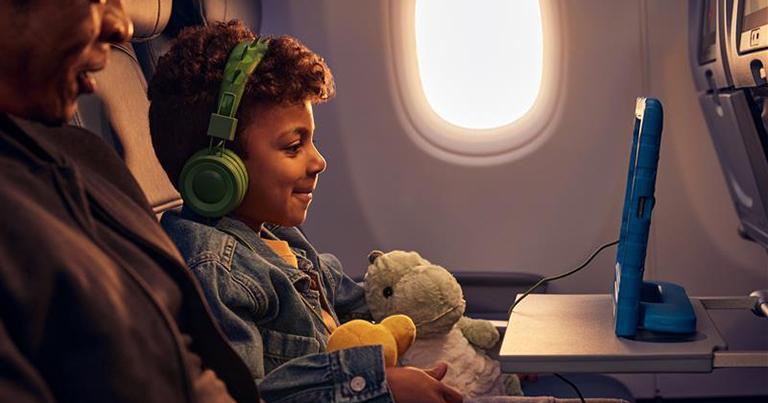


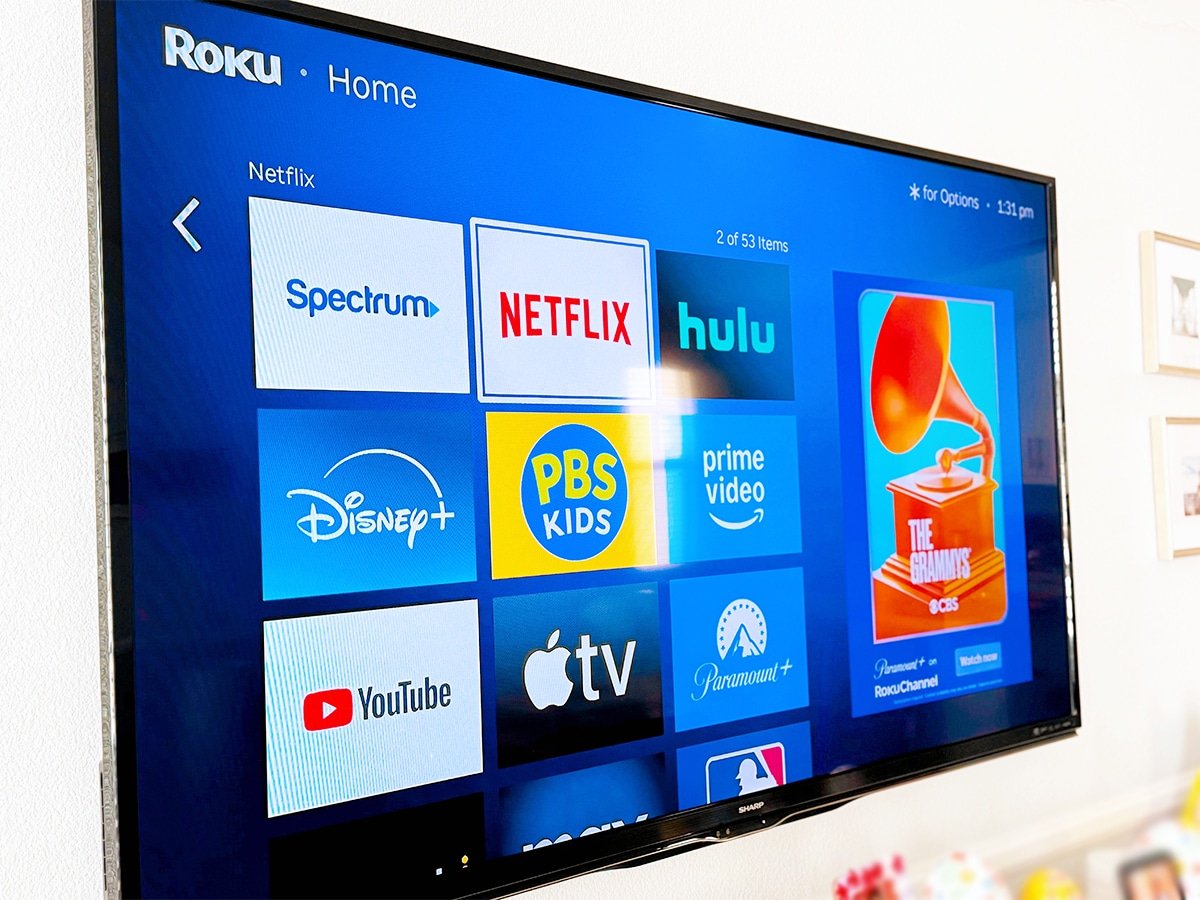


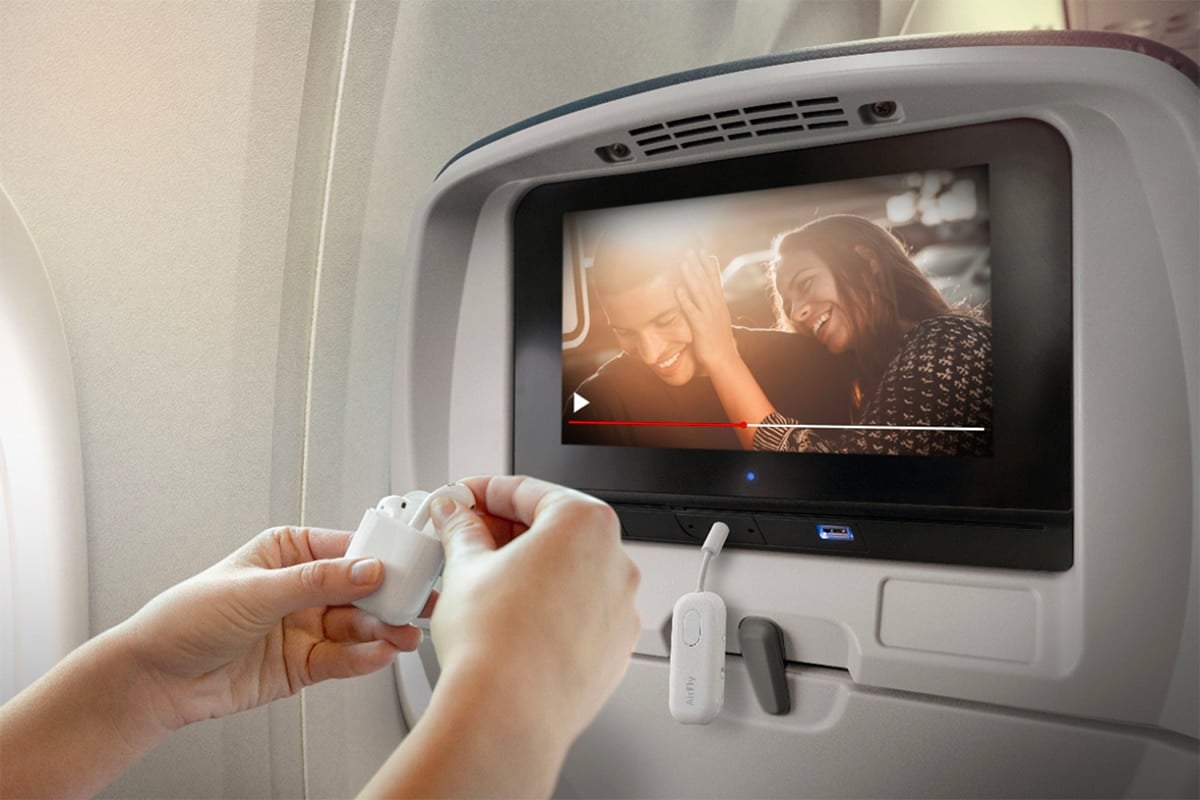




























































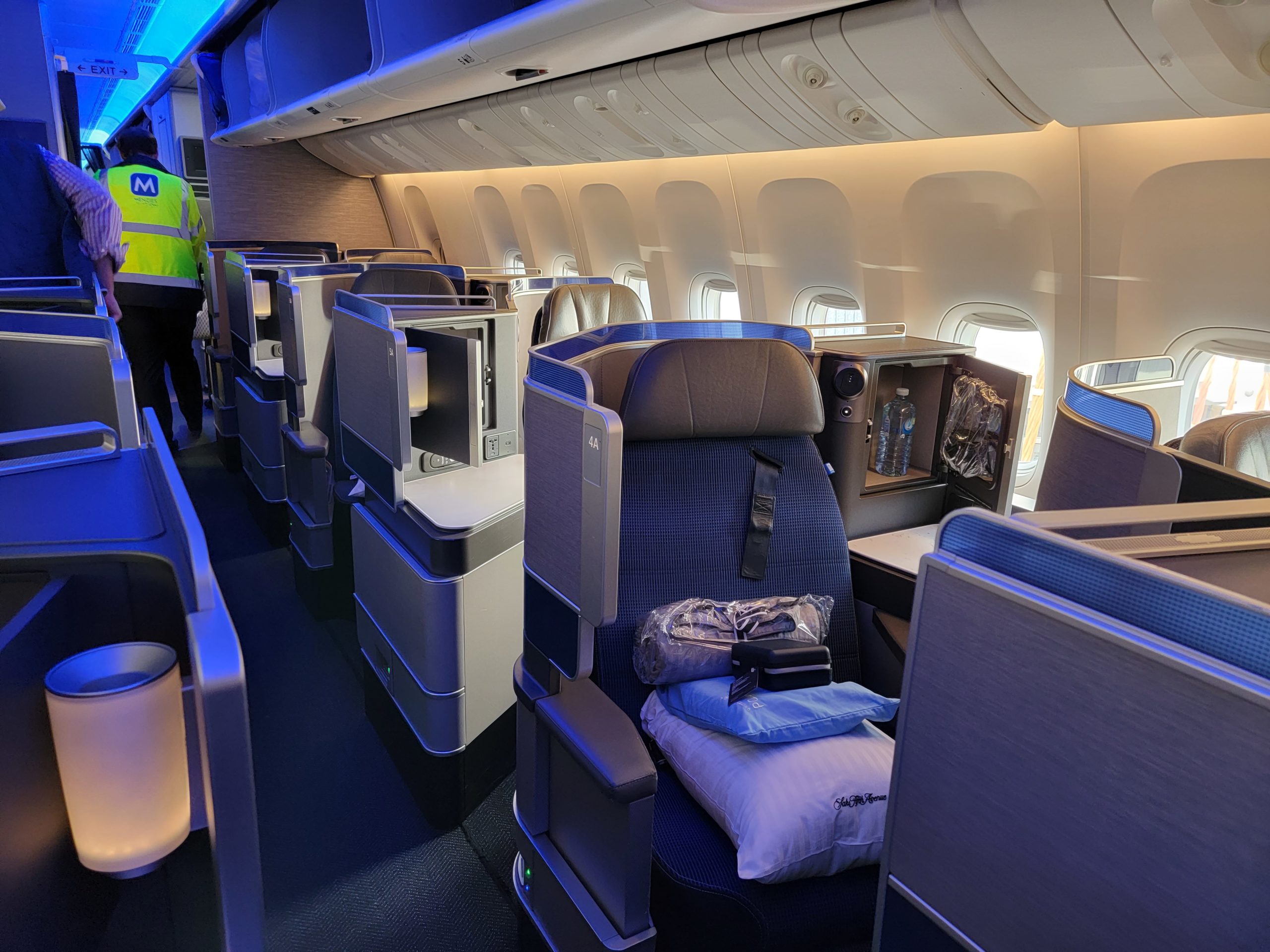
![A Delta One Server at LAX Handed Me a Laminated Venmo Tip Card—With the Airline’s Logo on It [Roundup]](https://viewfromthewing.com/wp-content/uploads/2025/04/delta-one-lounge-lax.jpeg?#)
![Avis Gave Him A ‘Free Upgrade’—Then Sent A $2,000 Bill And Claimed He Drove 40,000 Miles In 5 Days [Roundup]](https://viewfromthewing.com/wp-content/uploads/2025/04/rental-car-at-msy-airport.jpeg?#)
















-Mario-Kart-World-Hands-On-Preview-Is-It-Good-00-08-36.jpg?width=1920&height=1920&fit=bounds&quality=80&format=jpg&auto=webp#)


(1).jpg?width=1920&height=1920&fit=bounds&quality=80&format=jpg&auto=webp#)








.png?#)




































































































































































